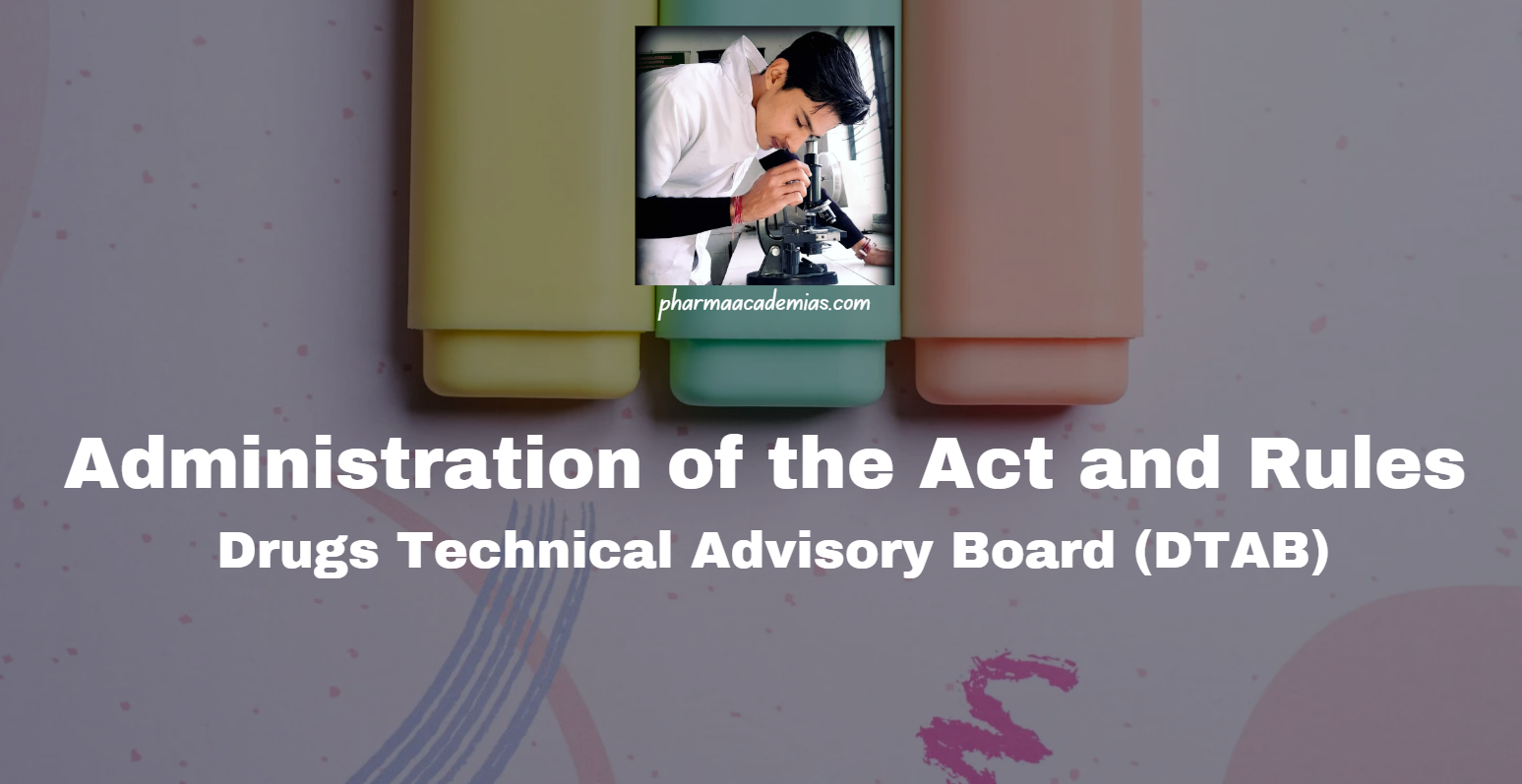Central Drugs Laboratory (CDL) India
The Central Drugs Laboratory (CDL) in India is a pivotal institution under the purview of the Central Drugs Standard Control Organization (CDSCO). It plays a crucial role in ensuring the quality, safety, and efficacy of pharmaceuticals and cosmetics in the country. Below is a comprehensive note on the CDL in India, covering its establishment, functions, … Read more







